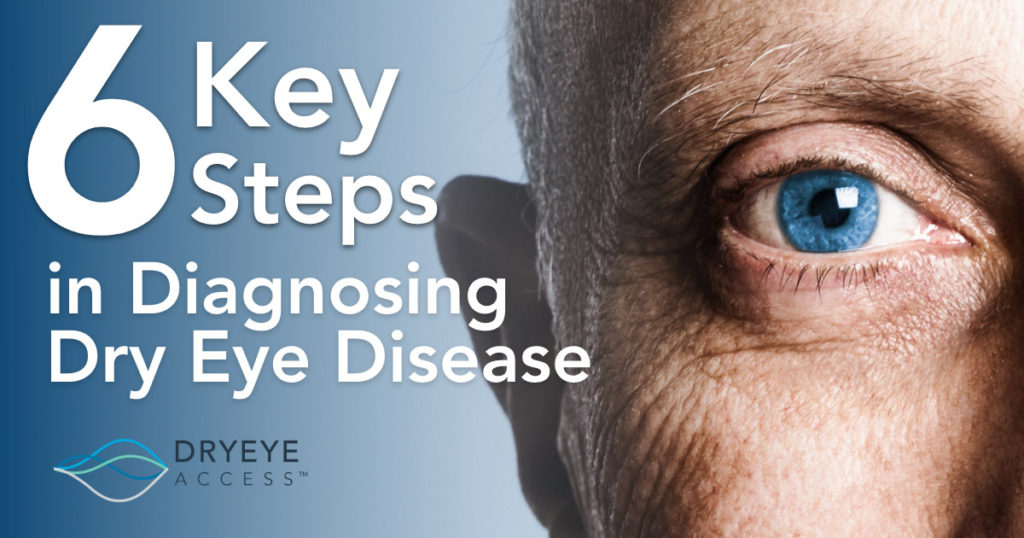Dry Eye Disease: Chronic, Multifactorial, and Progressive
Dry Eye Disease is a multifactorial chronic and progressive disease of the tears and ocular surface. Effectively treating Dry Eye Disease starts with a deep and thorough knowledge of the different levels of Dry Eye Disease severity.
Patients suffering from Dry Eye Disease often experience high-levels of discomfort, visual disturbance and tear film instabilityDamage to corneal epithelial cells means depletions of the mucins on the eye's surface, which in turn leads to Tear Film Instability.. While every patient is unique, the vast majority of patients present with multiple contributing factors. Effectively managing Dry Eye Disease requires that all these factors be addressed.
The Four Levels of Dry Eye Severity
The following ITF Guidelines from the Delphi Panel provide the classification for Dry Eye severity. The ITF guidelines feature four levels and scales up from mild to severe. Levels are based on patient symptoms and common signs, such as conjunctival and corneal staining, and discoveries found on the cornea and conjunctivaThe thin, highly vascularized tissue layer lining the inside of the eyelids..
ITF Guidelines: Classification of Dry Eye Severity1
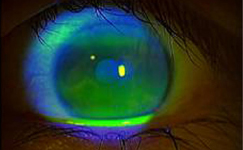
LEVEL 1
- Mild to Moderate Symptoms & No Signs
- Mild to Moderate Conjunctival StainingAn imaging process that shows the distribution of tear fluid over the conjunctiva.

LEVEL 2
- Moderate to Severe Symptoms
- Tear FilmThe outer layer is an oil- or lipid-based layer, which helps reduce evaporation of the natural tears. Signs
- Mild Corneal Staining
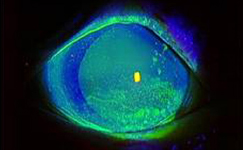
LEVEL 3
- Severe Symptoms
- Marked Corneal Staining
- Central Corneal Staining
- Filamentary Keratisis
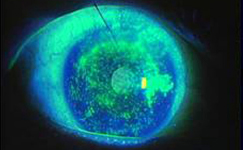
LEVEL 4
- Severe Symptoms
- Severe Corneal Staining with Erosions
- Conjunctival Scarring
Images courtesy of Bowden Eye & Associates, Jacksonville, FL
Latest News in Dry Eye Disease
Preliminary study results show significant improvement in dry eye questionnaire scores, subjective s [...]
The FDA is requiring Kala Pharmaceuticals to complete an additional clinical trial of KPI-121 0.25%, [...]
SilkTech Biopharmaceuticals has completed enrollment in a phase 2b clinical trial of SDP-4, its eye [...]
… Read More: What is the Best Refractive Surgical Choice for Patients With Mild Dry Eye? The post Wh [...]
VANCOUVER, British Columbia – Results from phase 2 and phase 3 trials showed that tivanisiran 1.125% [...]
Common Symptoms of Dry Eye Disease
Patients report many different types of Dry Eye symptoms, which widely vary from dry and gritty to watery and burning:

Ocular Surface Disease
Forms of ocular surface diseaseA number of conditions constitute ocular surface disease, including: Dry Eye syndrome, Meibomian Gland Dysfunction, blepharitis, rosacea, allergies, scarring from glaucoma medications, chemical burns,... include blepharitisA common ocular condition characterized by inflammation, scaling, reddening and rusting of the eyelid., Meibomian Gland DysfunctionAlso known as MGD. A blockage of abnormality of the Meibomian glands. A leading cause of Dry Eye Disease. (MGD), ocular allergyAn allergic irritation of the conjunctiva. or conjunctivitis.
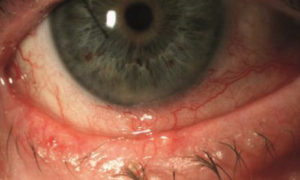
Blepharitis
An inflammation of the eyelid that affects the eyelashes or tear production.

Allergy-related Dry Eye
While eye allergies can cause redness and tearing, the main symptom is itching. Treatment is different for dry eye and ocular allergies.
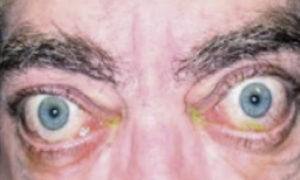
Exposure-related Dry Eye
When the Meibomian glandsA special kind of sebaceous glands at the rim of the eyelids that supply meibum. are blocked or the glands have been compromised, the eye becomes exposed.
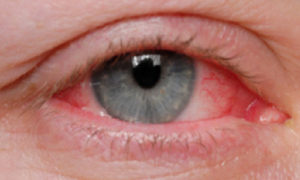
Aqueous Deficiency
When the lacrimal gland fails to produce enough tears to coat the surface of the eye, aqueous tear deficient dry eye may appear.
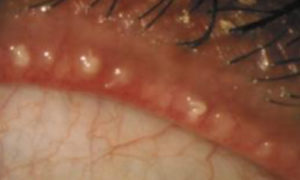
Meibomian Gland Dysfunction
Meibomian Gland Dysfunction (MGD) is a where an insufficient amount of oil is secreted into the tears from the glands.
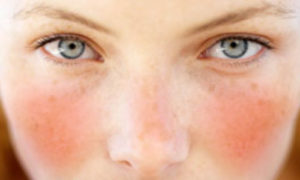
Ocular Rosacea
Ocular rosacea is inflammation developed from a chronic skin condition that causes redness, burning and itching of the eyes.
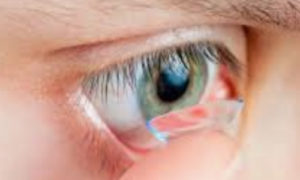
Contact Lens-related Dry Eye
Symptoms of Dry Eye Disease lead many patients to reduce or suspend their contact lens wearing time.
Diagnostics—Recent Advancements Enhance Care
Innovations in diagnostic testing used in Dry Eye Disease are helping clinicians better understand this complex disease. Newer tests are helping to validate treatment plans, track progression, increase vision health, and improve the quality of life for patients with Dry Eye Disease. Today, it’s no longer necessary to wait for patients to become symptomatic before beginning treatment. Sophisticated instruments often provide the information required for a diagnosis—even before symptoms appear.
References:
1. Farrand 2017
This content is provided by the experts at Bowden Eye & Associates
and is featured in their comprehensive Dry Eye University events.
Dry Eye Access Membership is Now Open!
Members-only areas of DryEyeAccess.com includes online learning for your whole practice, implementation resources like the SPEED questionnaire, and discount financing opportunities.


